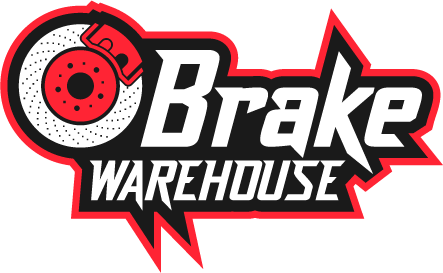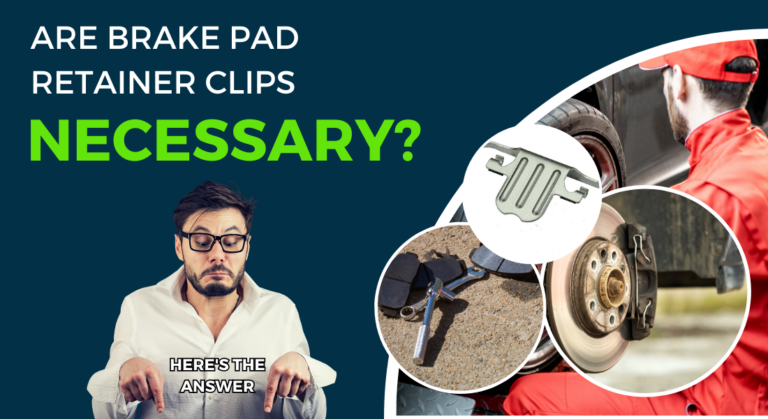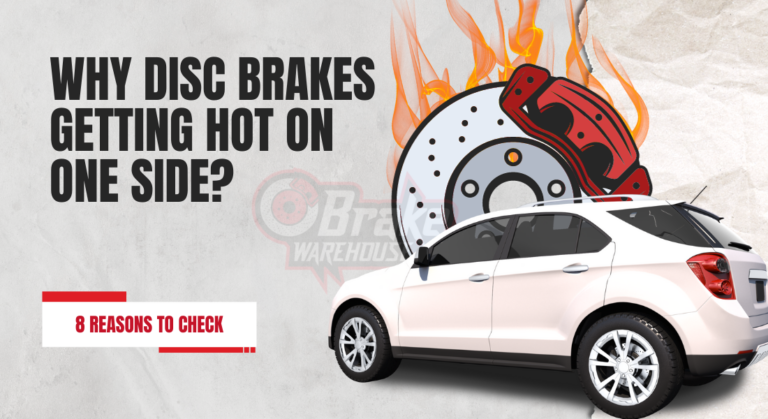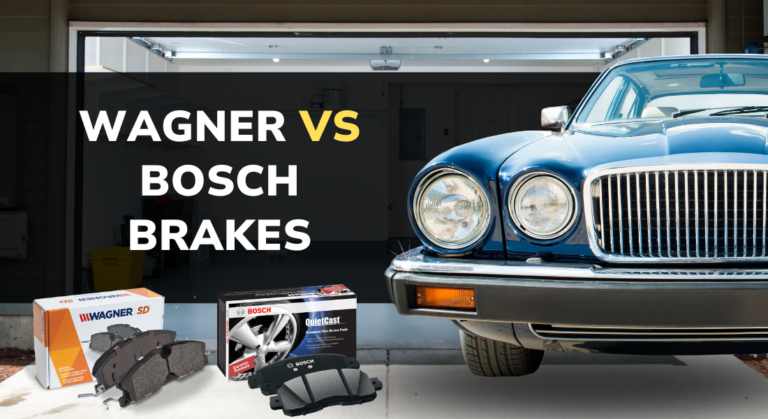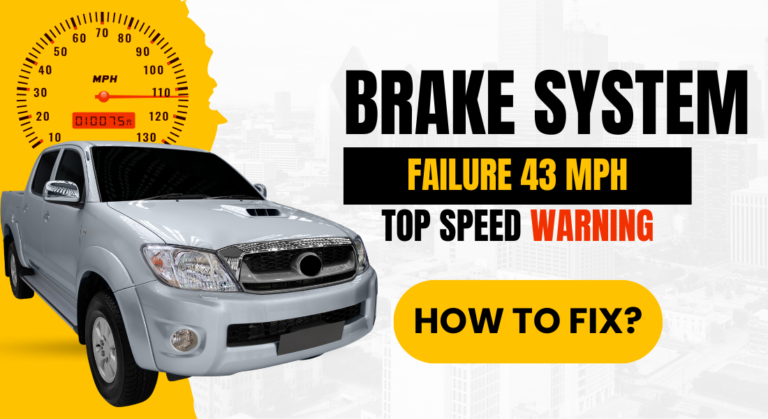Why Steering Wheel Shake after New Brakes and Rotors?
After replacing your front brakes, you might notice an irritating vibration in the steering wheel when braking. This newfound issue can be frustrating after investing in new brake pads and rotors. Wondering why the steering wheel shakes after new brakes and rotors?
Steering wheel shaking after new brakes and rotors can be caused by uneven lug nut tightening, leading to rotor imbalance. Another common cause is warped rotors from factories. These issues result in uneven brake pad contact with the rotor surface, leading to vibrations during braking.
Let’s explore the potential causes, focusing on those specific to brake vibrations or shuddering that were absent before the brake replacement.
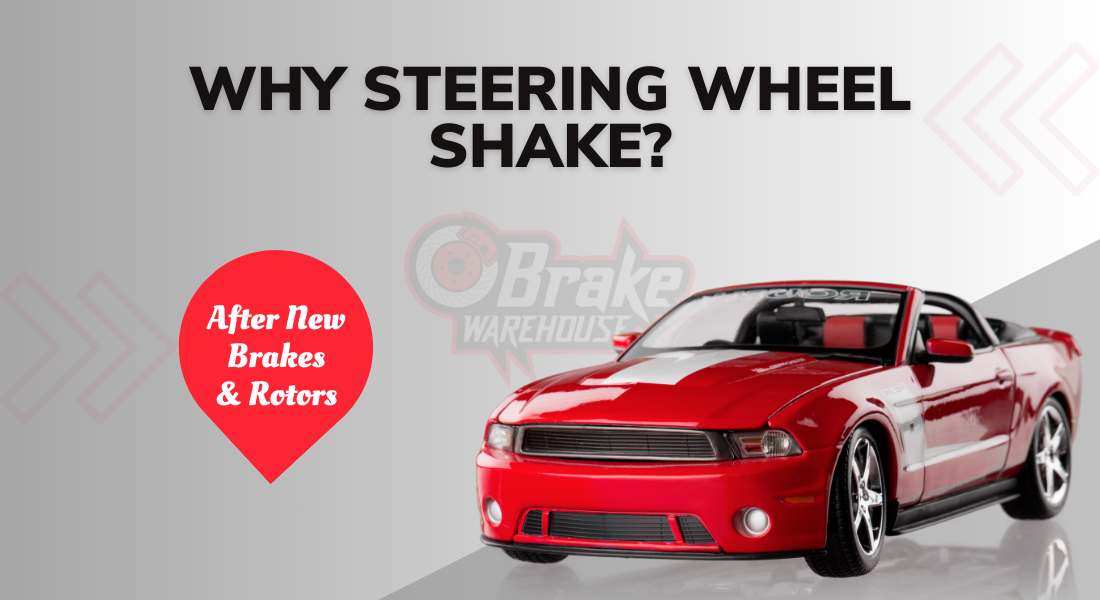
Why Steering Wheel Shake after New Brakes and Rotors?
Addressing the causes of a hard brake pedal after bleeding requires careful consideration of various factors. Let’s delve into each potential issue and its corresponding solution in detail:
Residual Oil on Brake Rotor

When brake rotors are initially packaged, they are coated in oil to prevent rust. This oil must be thoroughly cleaned from the rotor before installation.
Failure to do so can result in hot spots on the rotor, affecting braking performance and causing steering wheel vibrations. Also, avoid having excess grease or oil on your hands during installation, as it can lead to hot spots.
Utilize a brake cleaner and a clean rag or shop towel to clean the rotor before and during installation.
Warped Rotor from Factory – Excess Lateral Runout

Warped rotors commonly cause brake vibrations. If you experience brake vibrations following a brake repair, it’s likely due to the installation of a warped brake rotor.
Brake rotors are machined at the factory, and sometimes, despite quality control efforts, a warped rotor may slip through. In such cases, consider trying a different set of rotors.
If you purchased them directly, inquire about warranty replacement with the supplier, car shop, or manufacturer. If not covered by warranty, consult a brake specialist to have the rotor machined for proper alignment.
Loose or Failing Wheel Bearing

While not applicable to all vehicle models, some 4×4 and older vehicles require wheel bearing removal for brake rotor replacement. Ensure that wheel bearings have been correctly reinstalled, seated, and adjusted during the brake rotor replacement process.
Verify proper adjustment by attempting to rock the wheel back and forth with hands at 12 and 6 o’clock positions. Any clunking or movement indicates incorrect adjustment.
Dirty Hub or Flange
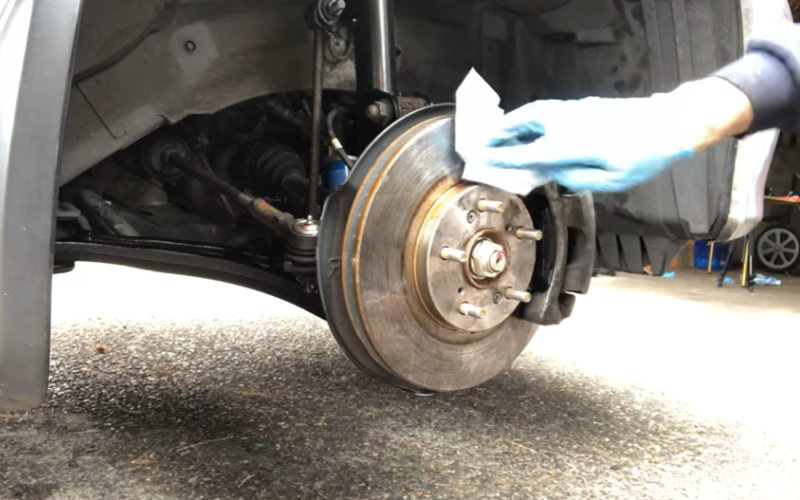
The hub or flange where the brake rotor is mounted must be thoroughly cleaned before installing the new rotor. Rust accumulation is common on the flange, which gets disturbed during old rotor removal.
Failing to clean it properly can result in the hub and rotor faces not sitting flush. Clean the hub using a wire brush or emery paper until it feels smooth.
Incorrectly Seated Brake Pads
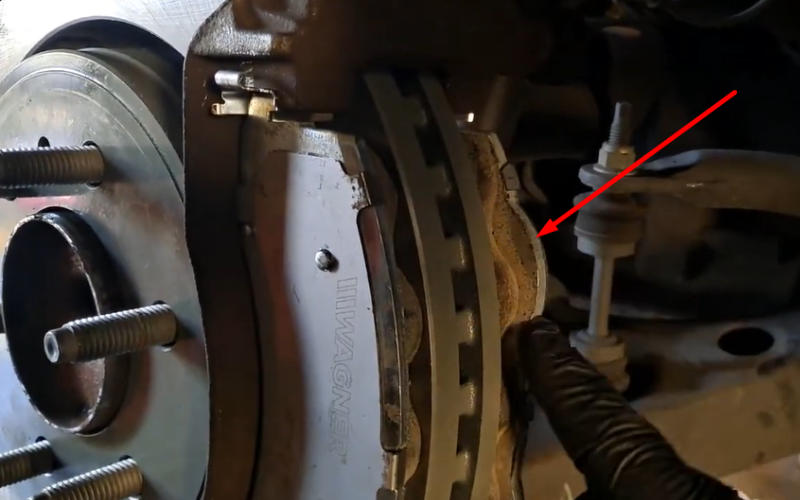
Improperly seated brake pads can lead to uneven force application, resulting in braking performance loss and vibrations.
Ensure clean hands when installing brake pads and confirm that the pads are evenly pushed against the rotor on both sides.
Read Also: Why Do Brakes Squeak When I Turn Left or Right? (Fix Now)
Loose Brake Caliper
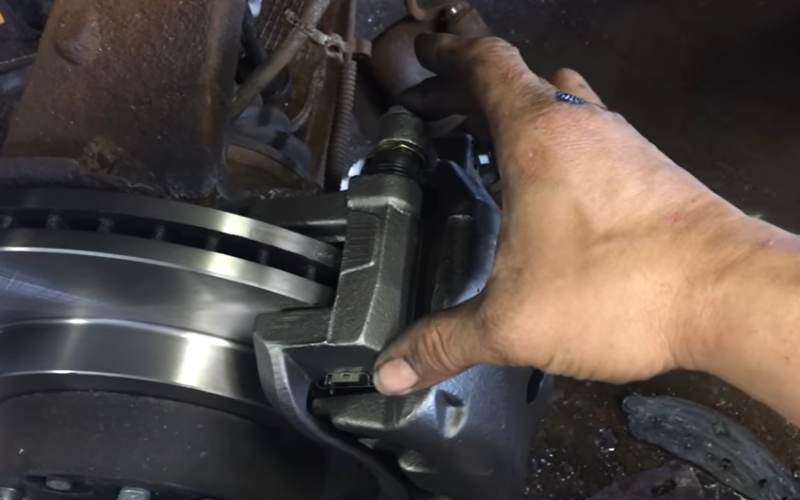
Always double-check your work before reassembling the vehicle. Tighten all brake caliper bolts to prevent accidents. Loose caliper bolts can lead to brake failure or severe pulling when braking.
Loose bolts cause the caliper and attached pad to vibrate, transmitting vibrations to the steering wheel through the steering components.
Brake Caliper Sticking

Sticking brake calipers or pads can generate heat on the rotor, causing hot spots and vibrations. Prevent this by cleaning and lubricating the brake caliper slides before installation.
Also, lubricate the pads’ sides that will contact the caliper to prevent sticking. Sticking brake pads leads to shuddering and impacts fuel economy and overall vehicle performance.
Read Also: How To Free a Stuck Brake Caliper Piston?(11 Steps Guide)
Brake Fluid Leak

Check brake hoses for tightness after any brake replacement or repair to prevent brake fluid leaks.
Leaking fluid or entering air when the brake pedal is pressed can result in shaking as the pads bounce off the rotor. Purge any air from the lines when changing pads or rotors.
Worn Suspension

While it’s unlikely that suspension components suddenly cause vehicle shaking after brake pad and rotor replacement, it’s not impossible. Ensure that the jack’s positioning during lifting didn’t damage any suspension components.
If the issue persists after ruling out brakes, inspect control arm bushes, ball joints, tie rod ends, and struts for potential wear or damage.
Preventing Brake Vibrations After New Brakes and Rotors: Tips for Maintenance
Preventive measures are often more effective than post-repair solutions. You can avoid many brake-related issues by proactively caring for your vehicle.
Here are some valuable tips to consider:
Practice Gentle Braking

Pay attention to traffic ahead to allow for gradual braking, reducing wear and tear on your brakes.
Avoid Brake Overheating
Repeated heavy braking can lead to brake overheating and warping. Opt for smooth acceleration and release the pedal when slowing down.
Invest in Quality Brakes
Consider investing in high-quality brake pads and rotors, even if they cost slightly more. These premium components tend to have a longer lifespan. Research different brake options to find the ones that best suit your vehicle and driving style.
Adhere to Maintenance Recommendations
Follow the manufacturer’s recommended maintenance schedule. Regularly have your brakes inspected by a professional, and replace them as needed to ensure optimal performance and safety.
Read Also: Why Do New Brakes Make Thump Noise? 6 Reasons To Check
FAQs
Can a wheel alignment fix the steering wheel shakes after new brakes and rotors?
A wheel alignment primarily addresses the alignment of the wheels and does not directly resolve steering wheel shakes caused by new brakes and rotors.
Shaking typically stems from brake-related issues like uneven rotor tightening or warped rotors. To address these concerns, specific brake-related inspections and repairs are necessary.
Is driving with a shaking steering wheel safe after new brakes and rotors?
Driving with a shaking steering wheel after new brakes and rotors is generally unsafe. It indicates underlying issues with the brake components, potentially compromising braking efficiency and control. Prompt inspection and necessary repairs are essential to ensure safe and reliable driving, minimizing the risk of accidents or further damage.
What to do when your steering wheel shakes after new brakes and rotors?
When your steering wheel shakes after installing new brakes and rotors, take these steps:
- Recheck Installation: Ensure proper rotor installation, lug nut torque, and brake pad seating.
- Inspect Rotors: Check for rotor warping or defects; consider professional measurement or replacement if needed.
- Seek Professional Help: If issues persist, consult a mechanic to diagnose and address the problem, ensuring safe and smooth braking.
Final Words
Experiencing shakes after new brakes or rotors is a common issue, demanding prompt attention for safety and vehicle performance. This article on why steering wheel shakes after new brakes and rotors has outlined reasons and solutions.
From worn pads to misaligned wheels, several factors contribute to this issue. Correct diagnosis and professional assistance are crucial. Routine maintenance checks, including tire, suspension, and alignment assessments, can prevent such problems.

Meet Zayan, the mechanical genius behind the highly acclaimed brakes problems and solutions website. With over a decade of hands-on experience in the automotive industry, Zayan has become a trusted authority in the realm of brake systems.
His passion for cars, coupled with his expertise in solving complex brake-related issues, has earned him a devoted following of car enthusiasts, mechanics, and everyday drivers seeking reliable guidance.
